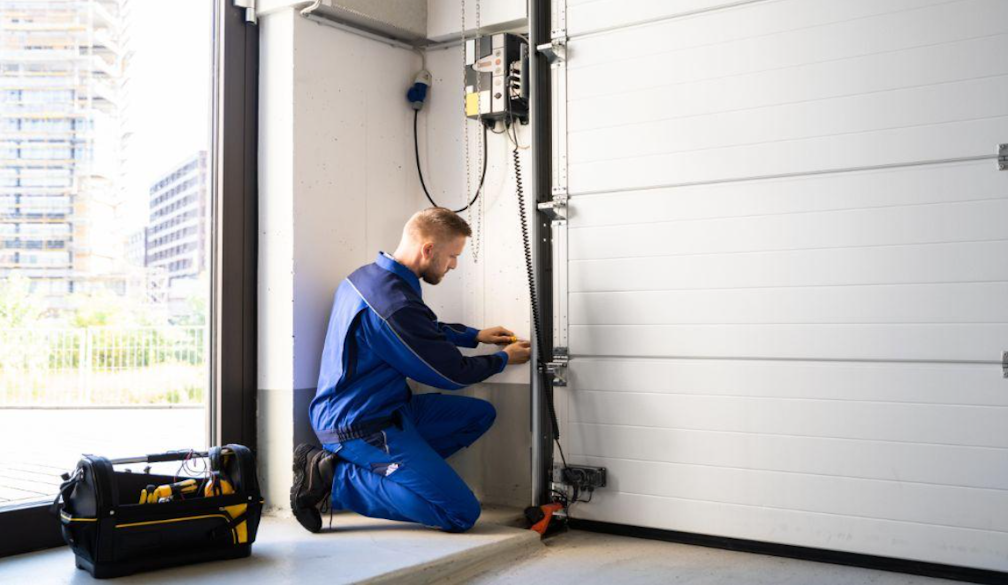How to Cook with Koji Rice
- Written by News Co

If you’ve never heard of koji rice before, you’ll be quickly forgiven. That’s unless you’re a chef, or you happen to be a Japanese food fanatic. This particular ingredient isn’t so well-known in western cooking, but that’s slowly changing, and for good reason too. First, we'll start with an overview of what koji is, and where you’d normally see it. Stick around and we’ll impart a few tips on how you can include it in a wide array of daily meals.
What is koji exactly?
Koji is a kind of fermentation starter. It’s technically a kind of mould or fungus that bears the scientific name: Aspergillus Oryzae. In Western cooking, yeast serves as the main rising or fermentation agent in bread for example. In Eastern cooking practices and in particular, Japanese cuisine - it’s the koji that kicks off the fermentation process. Koji can be referred to as the fermentation ingredient individually or sometimes collectively with the grain or vegetable inoculated with the mould.
Where would I have seen it before?
Think of koji as an undercover agent in common foods like soy sauce and miso, and even alcoholic beverages such as sake and amazake, which is a sweet, low alcohol fermented drink. Koji rice is fairly popular too, but other grains such as barley, and some nuts can also be used to create stunningly unique koji dishes.
Why it’s becoming an important ingredient in the modern kitchen
Koji is becoming increasingly popular in the modern kitchen. A few reasons are driving this trend. First is the overwhelming cross-pollination of food practices between West and East. With more technologies and exchange of expertise, modern kitchens are experimenting with different fermentation techniques with the goal of creating new and exciting flavours. Koji is no exception here, with chefs around the world using it in new and exciting ways.
It doesn’t just taste good
Then there are the health benefits. With so much hype around gut health and the wonders of fermentation circling around, koji is fast becoming a tool for good health. And it’s true - with so many healthy bacteria, enzymes, and powerful probiotic properties, koji can help boost your immune system, and assist the digestive system in doing its important work. Oh, and it’s vegan.
How do I make koji rice?
Making koji rice is not only fun, but it’s also a great way to get introduced to this kind of fermentation technique. And although it takes some time to make - it’s highly rewarding and can add a unique touch of flavour to a wide variety of meals. Here’s how you make koji rice:
-
2 cups of rice
-
1/4 tsp koji starter culture
Instructions:
-
Soak the rice for 8-12 hours then rinse until the water runs clean
-
Steam the rice until soft and sticky
-
Cool rice until room temperature and then mix the koji starter culture into the rice
-
Spread onto a baking tray and cover with a damp cloth
-
Leave for 48 hours at 30C and give the rice a stir every 12 hours
How to use koji rice
When you’re done making your koji rice you can eat it as is, or take your homemade experiment one step further and try to make Amazake, or even miso or mirin. There are countless marinades, and sauces that, when added to protein such as meat or tofu will make your taste buds dance and scream with joy. In three words: sweet. Salty. Funky.
Where do I get koji from?
Finding a supplier of organic koji can be difficult. It's not something you can walk into a supermarket and find on the shelf. If you seek out a specialist Japanese food store or talk to some suppliers at a local market you may be able to get your hands on some. Otherwise buying a koji starter online is super easy. Just plug “koji Australia” into google and get this fancy mould delivered to your door!



















